What is the tolerance range of precision screws?
What is the tolerance range of precision screws?
Service Hotline
+86760-8787 8587We have more than ten years of production experience in the screw industry, the main products are: hexagon nut screws, non-slip screws with pads, pin openings, thin hexagon nuts, pin pin positioning pins, chemical rivet screws, special welding nuts, cap nuts and nuts , recessed cross hexagon bolts, thickened and enlarged washer mesons, 16582 open round head rivets, alloy crescent pads, plum round head screws, grade A carbon steel galvanized bolts, 304316 stainless steel nuts and other fasteners, due to the product The materials and specifications are different, and the prices are also different. Please contact us if you need it.


The shaft and gear of financial self-service equipment are often connected by elastic straight groove cylindrical pins. When repairing, the traditional disassembly method is to use the shaft and gear as components. After disassembling together, align the punch with the elastic pin by hand, and use a hammer to remove the elastic pin. Pin out. With this disassembly method, the human hand is easily injured, and the disassembly efficiency is low.
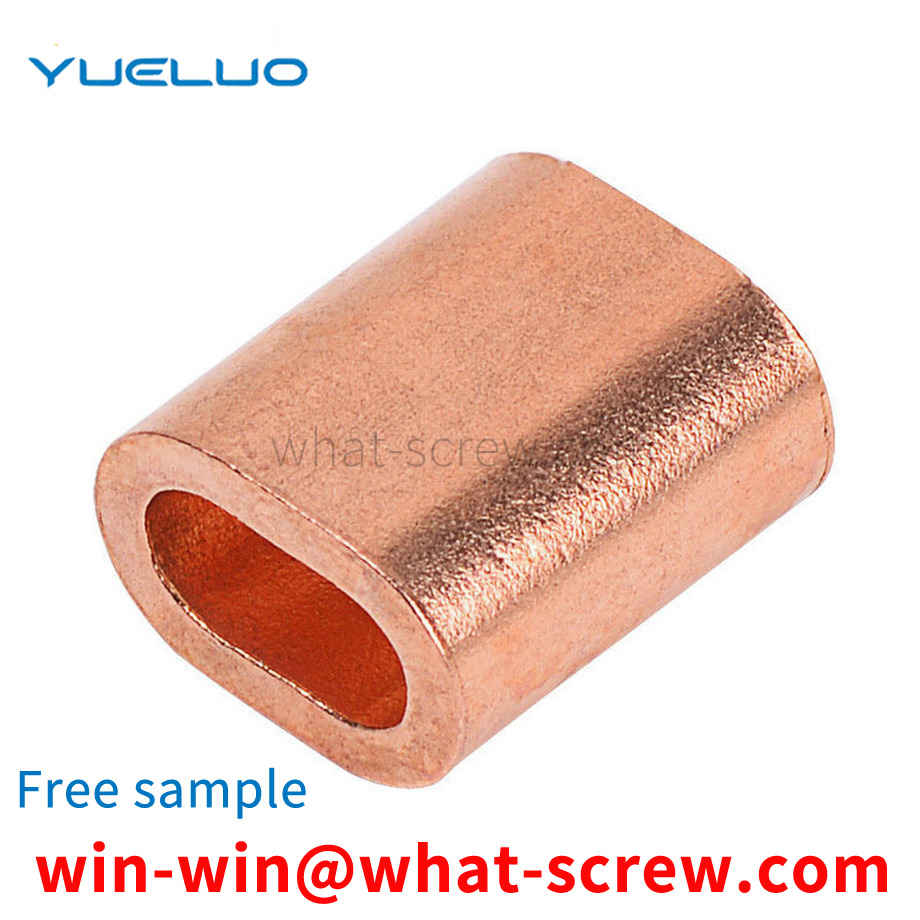
screw is a tool that uses the physical and mathematical principles of the circular rotation and rotation of the oblique surface of an object to gradually fasten the mechanism of the utensil. A screw is a common term for fasteners, an everyday colloquial language. Screws are indispensable industrial necessities in daily life: tiny screws used in cameras, glasses, clocks, electronics, etc.; general screws in televisions, electrical products, musical instruments, furniture, etc.; as for engineering, construction, and bridges, large screws are used. Screws and nuts; transportation equipment, airplanes, trams, automobiles, etc. are used together with large and small screws. Screws have important tasks in industry. As long as there is industry on earth, the function of screws will always be important. The screw is a common invention in people's production and life for thousands of years. According to the application field, it is a great invention of human beings. At present, the head of the screw on the market is generally punched with a cross groove or a word groove, which is used for tightening or Remove the screw, but the cross slot or the slot is easy to deform after a long time, it is difficult to disassemble it with tools, and sometimes the tool of the corresponding size cannot be found and the disassembly cannot be carried out, and the disassembly is relatively inconvenient.
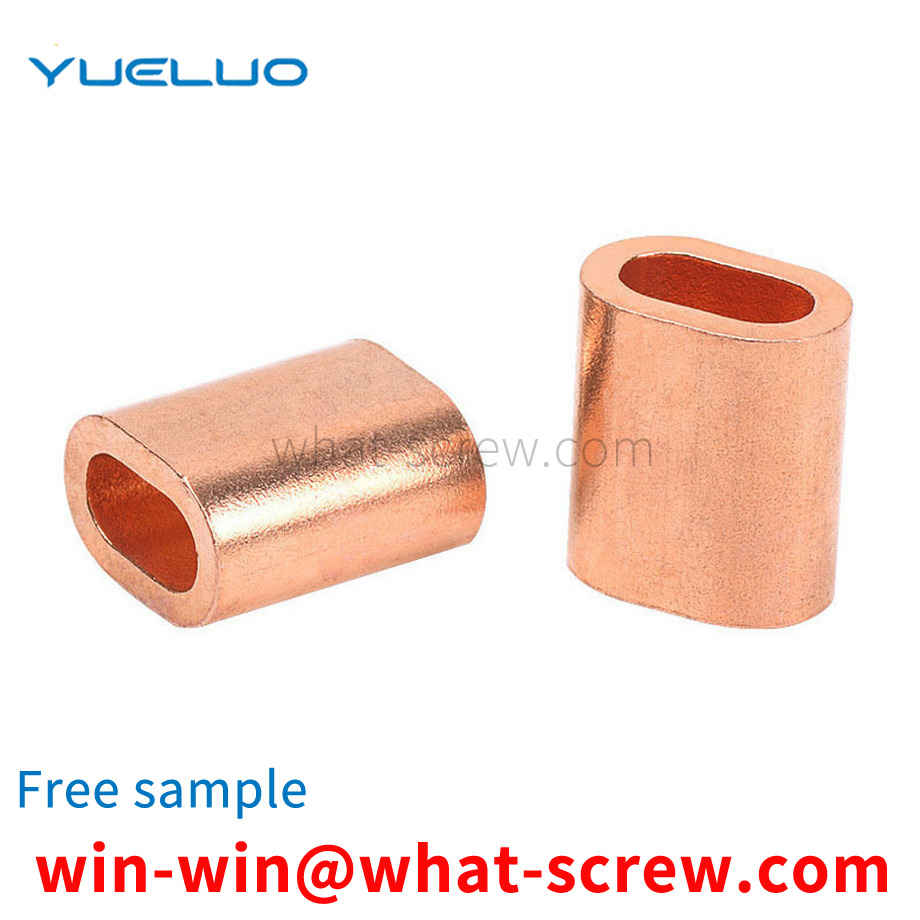
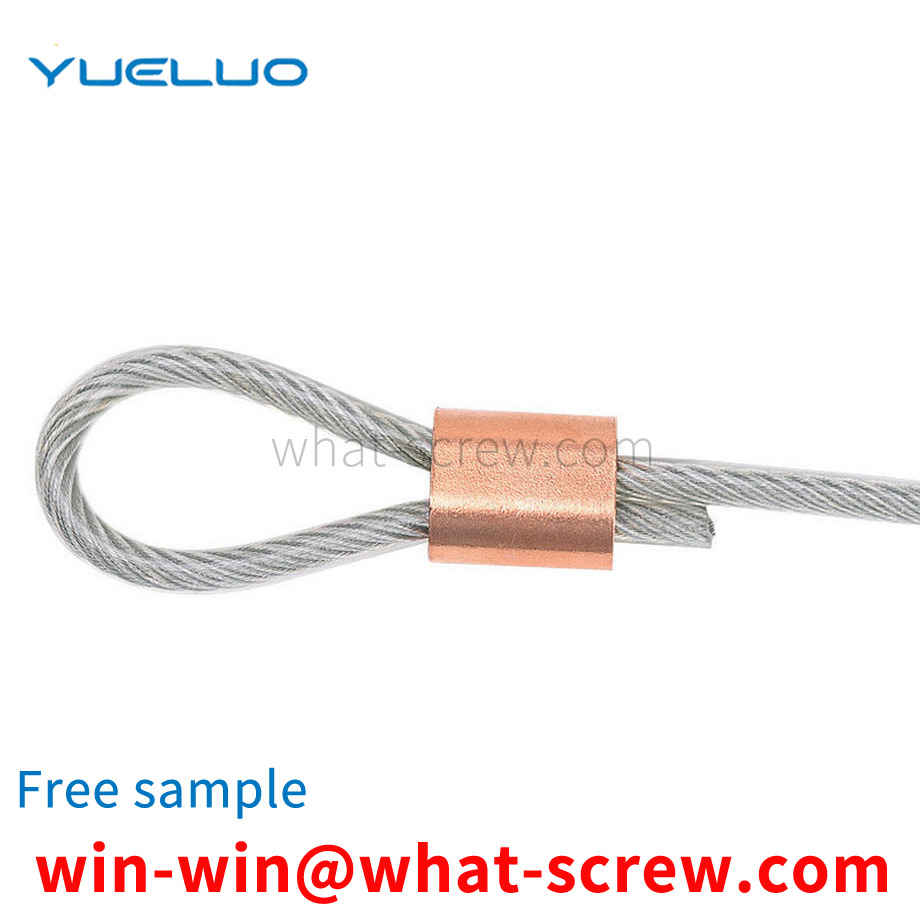
Generally speaking, the metal plate needs to open holes for inserting the rivets, and then press the two sides of the metal plate along the positive direction of the metal plate with a jig, so that the metal plate is deformed in the plane direction, which makes the inner edge of the hole Shrink and fit the rivet. Existing riveting techniques are not suitable for thin sheets. Because the thin plate does not have enough thickness to compress in its forward direction, the insufficient deformation in the forward direction causes enough deformation in the plane direction to insert the rivet, so the rivet cannot be firmly fixed to the thin plate.
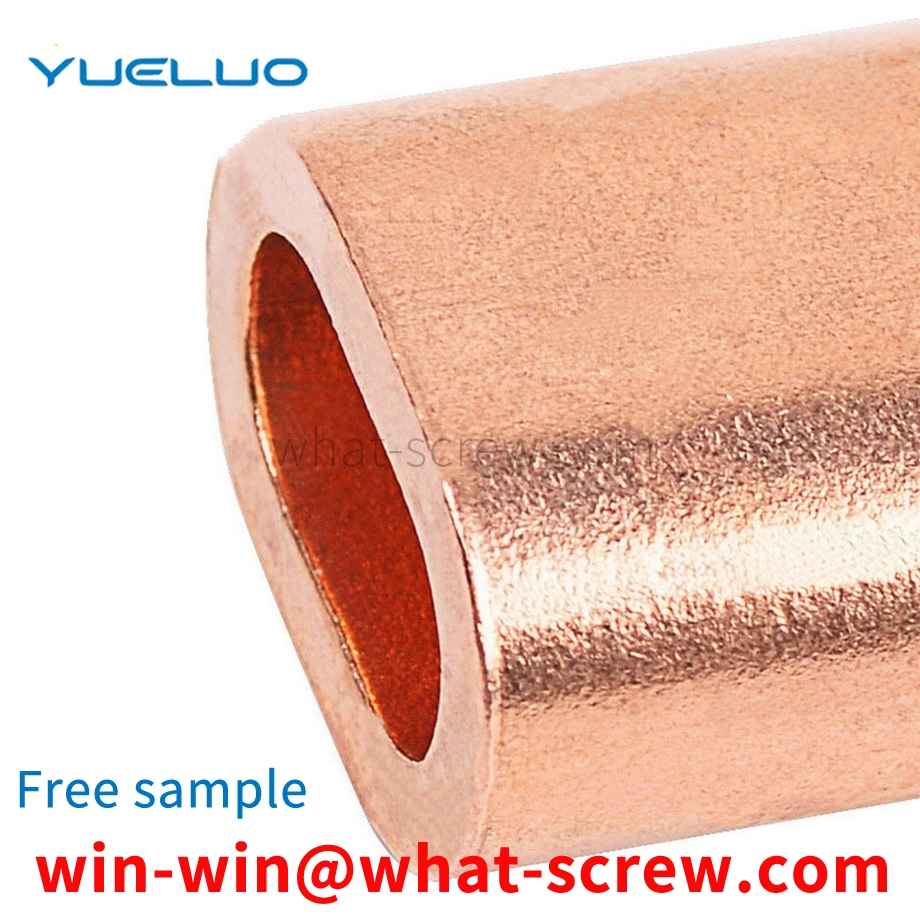
Comparing the physical properties of stainless steel and carbon steel, the density of carbon steel is slightly higher than that of ferritic and martensitic stainless steel, but slightly lower than that of austenitic stainless steel; the resistivity is based on carbon steel, ferritic, martensitic and The order of austenitic stainless steel is increasing; the order of linear expansion coefficient is similar, austenitic stainless steel is the highest and carbon steel is the smallest; carbon steel, ferritic and martensitic stainless steel are magnetic, austenitic stainless steel is non-magnetic, But its cold work hardening will generate magnetism when it is transformed into intensite, and heat treatment method can be used to eliminate this martensitic structure and restore its non-magnetic properties. Compared with carbon steel, austenitic stainless steel has the following characteristics: 1) High electronegative rate, which is about 5 times that of carbon steel. 2) The large coefficient of linear expansion is 40% larger than that of carbon steel, and with the increase of temperature, the value of the coefficient of linear expansion of stainless steel screws increases accordingly. 3) Low thermal conductivity, about 1/3 of carbon steel.
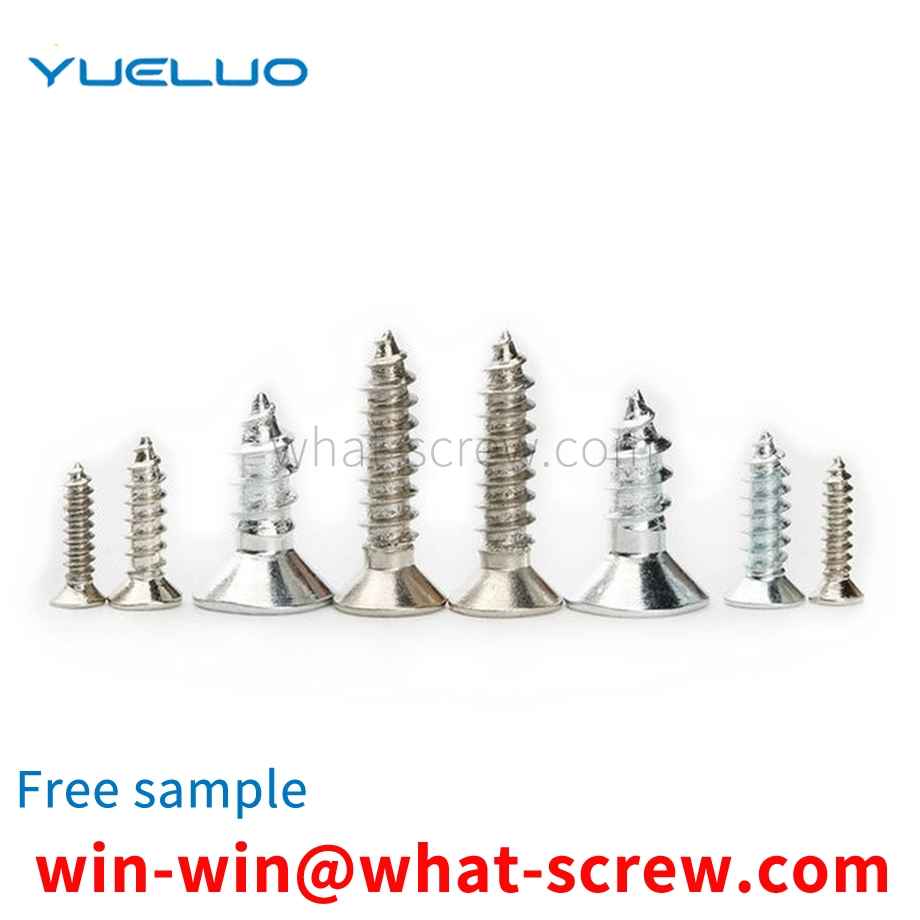
The above content is uploaded by Yueluo or the Internet. If there is any copyright issue, please contact [email protected].

What is the tolerance range of precision screws?

How to choose the right stainless steel screw manufacturer?

Why is there an R angle under the head of the hexagon head s...

We have more than ten years of production experience in the ...

We have more than ten years of experience in the production ...

We have more than ten years of experience in the production ...

We have more than ten years of experience in screw industry ...